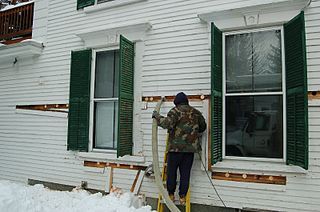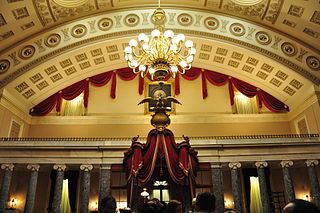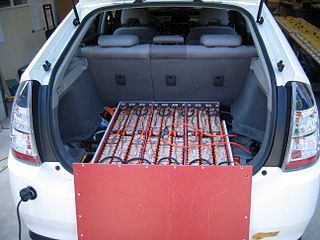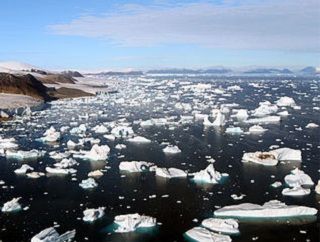From Guest Blogger Jake Fisher: High Tech Home Improvements that Improve the "Green" Value of Your Home

Power Up with Solar Panels
Solar panels will not only increase the value of your home, they’ll also make it more eco-friendly. (more…)

Power Up with Solar Panels
Solar panels will not only increase the value of your home, they’ll also make it more eco-friendly. (more…)


This morning’s keynote was delivered by Dr. Steven Chu, who recently retired as U.S. Secretary of Energy, where he had served since 2009. Ironically, Dr. Chu was the first scientist ever to serve in that capacity, (more…)

Friend: Check this out. Really??? Don’t these congressional statements do more harm than good?
Craig: That most certainly could be. Your point, if I read you correctly, is that wild, unproven statements diminish the credibility of the source, and that the logic here isn’t exactly something that would impress Aristotle. Having said that, (more…)

Answer: Can be found at http://2greenenergy.com/cool-guess-answers/8732 .
Relevance: The United States is by far the world’s largest consumer of crude oil, accounting for more than 20% of the average of 87.9 million barrels per day (bpd) used around the planet. The environmental, social, and health-related consequences are terrible.

It certainly is an interesting concept – one that I find quite credible. For instance, we have recently discovered untapped reservoirs of methane hydrate (think of it as combustible ice) that collectively is the volume of the Mediterranean Sea. What happens when we develop the technology to extract, refine, and distribute it cost-effectively? (more…)

“More than 60 countries have expressed, to the IAEA, their interest in nuclear power, but when you look at grid sizes, many of these countries cannot accommodate a full-sized commercial reactor of today’s standard, given the size of their networks. You can assume that a lot of these countries – if they were actually going to develop nuclear power programs – would be looking at smaller capacity reactors.”
Anyone who takes this to mean that SMRs are right around the corner isn’t thinking very clearly. Personally, I’m one of the 83% who believes that the “lack of cost competitiveness with other forms of energy” is what will kill this, and render the whole discussion moot. The falling cost of solar, the already low levelized cost of wind energy will (actually already has) put a spear through SMRs.


Answer: Can be found at http://2greenenergy.com/cool-guess-answers/8732.
Relevance: Melting ice has the potential to cause a “runaway” effect with respect to global climate change, as the darker water absorbs more heat from the sun than the lighter colored ice, which tended to reflect that heat back into space.